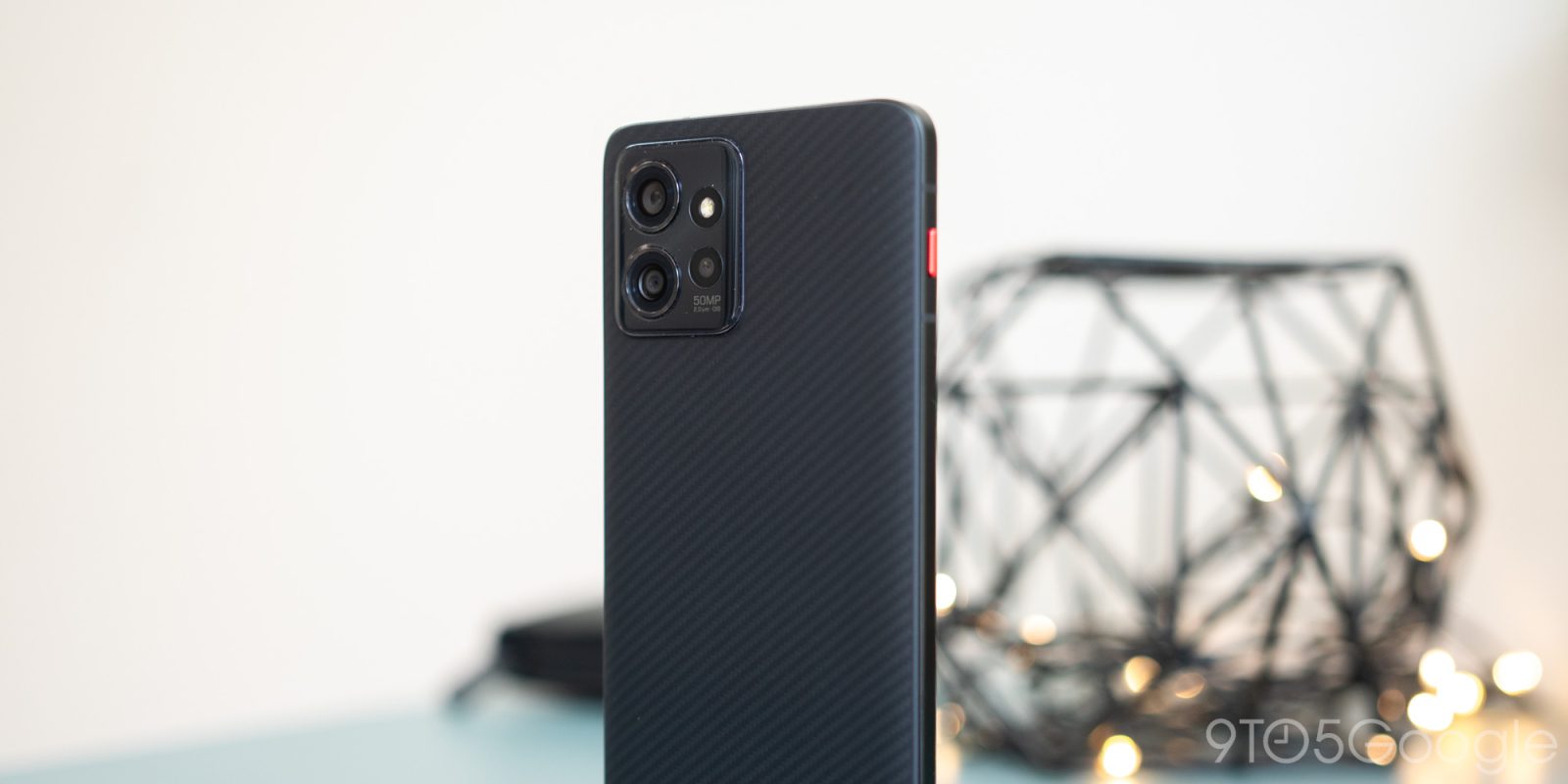
Motorola has gone through some undoubtedly rough patches when it comes to flagship devices. With the ThinkPhone being Motorola’s high-end offering, the professional-focused device offers a fantastic experience that doesn’t stray very far from stock Android but offers some extra capabilities for those who use Lenovo’s ThinkPad laptops.
Hardware and display
Built as a device meant for business, the ThinkPhone was designed by Motorola even though it takes huge design cues from Lenovo’s lineup of ThinkPad Windows machines. Those machines have held up as go-to laptops for business owners and individuals who need something purely capable of lasting a day and taking on any projects along the way.
The ThinkPhone is gorgeous in all respects, with an aramid fiber backing and dark aluminum frame that gives the phone a very light but premium feel. Mirroring the “ThinkPad” logo found on Lenovo’s PCs, Motorola’s device is branded with “ThinkPhone” at the bottom corner, which some may dislike. Personally, I think it looks great and adds a classic touch to an otherwise modern device.
On the right side of the frame sits something I’ve grown very fond of – the Red Key. The Red Key is a wonderful little nod to the ThinkPad lineup and adds functionality to the device, as well as an accent piece. The other side holds volume rockers and a power button, though the power button is slightly larger than the rest.
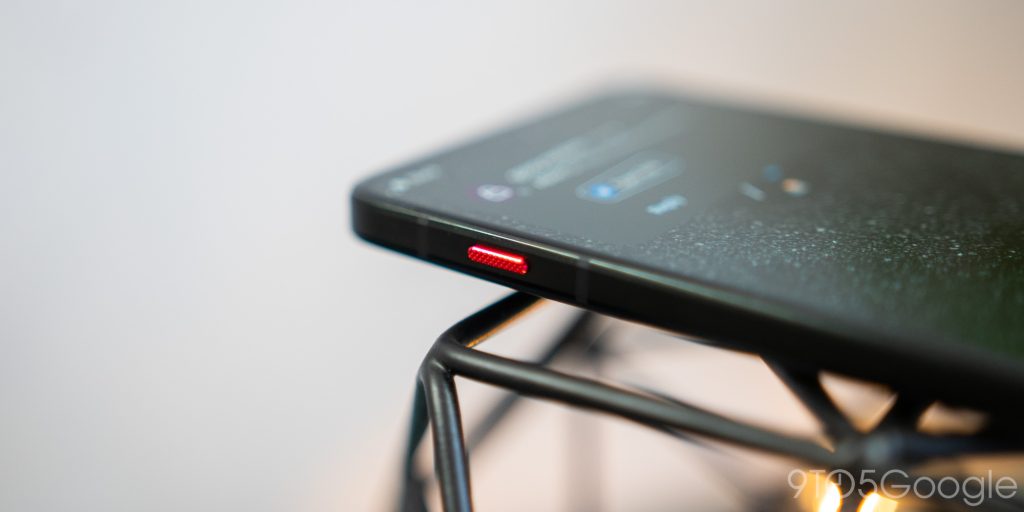
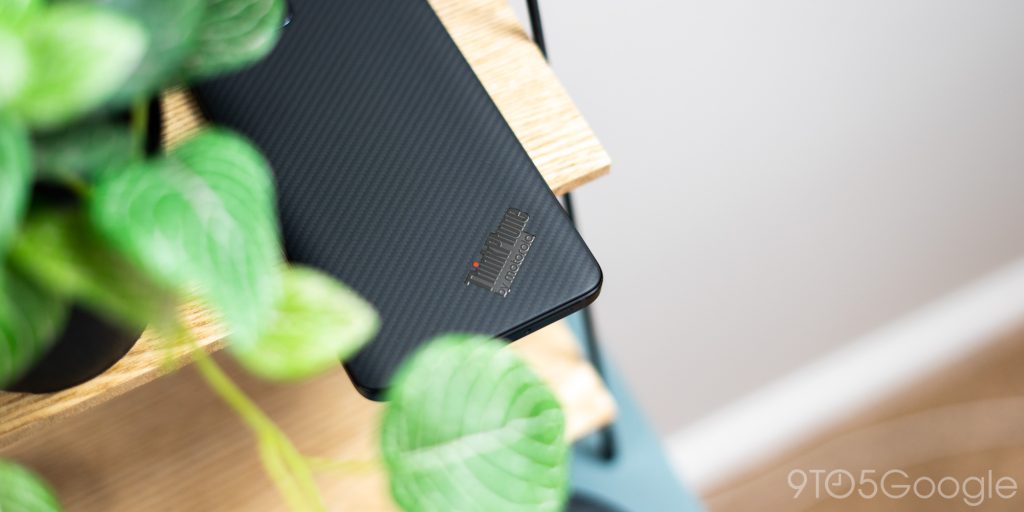
While the ThinkPhone by Motorola is equipped with a large 6.6-inch FHD+ 1080p display, the pOLED panel does a great job of color reproduction and holds its own quite well. The detail is good, and black tones are extremely black, as is the job of an OLED panel. The top holds a hole punch camera at the center, and the bezels around the edges are pretty slim. As for viewing angles, I have zero complaints and would be happy with this display as a daily driver. The display can also hit 144 Hz, giving the phone a premium feel when in use.
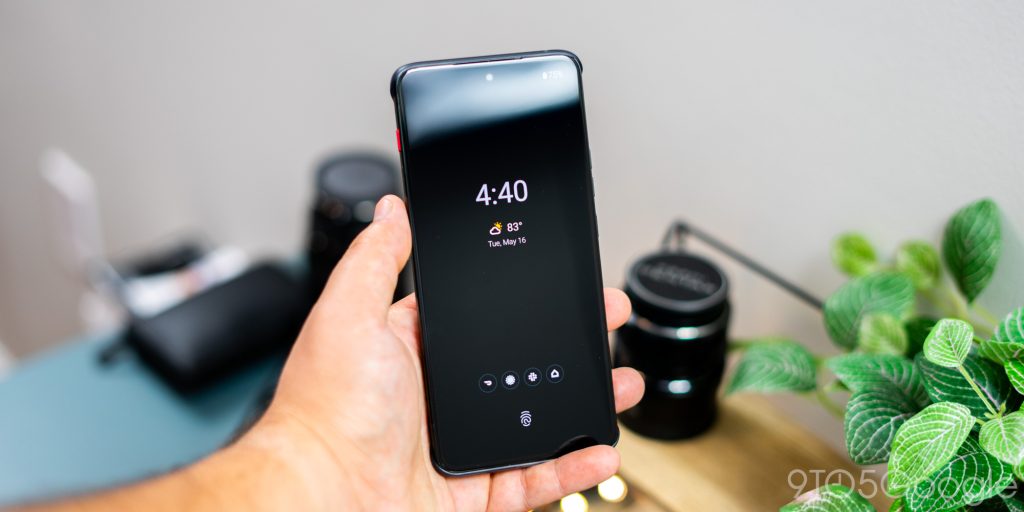
The bottom of the display holds an under-display fingerprint sensor. As incredibly accurate and fast as it is, my only gripe is that it seems low. The screen itself is a decent size, so my thumb naturally finds itself about 1.5 inches up from the bottom. The center of the sensor sits about 0.75 inches up, which means I need to place my thumb down lower. It isn’t a big deal, and I think over time muscle memory plays a meaningful role.
Another non-deal-breaker but interesting talking point is the vibration motor in the ThinkPhone. When compared to a Pixel phone or Samsung Galaxy device, the ThinkPhone sounds almost high-pitched when the motor runs. When in your hand, the vibration feels thin and airy – not great. While it doesn’t put a damper on the ThinkPhone in general, it’s just something to be aware of.
Software and performance
The ThinkPhone runs Android 13 out of the box, which means you’re getting all of the improvements and redesign changes made in Android 12 plus the quality-of-life improvements brought to Android in version 13. With that, Motorola still does apply the skin over stock Android, though it’s generally pretty light, and the changes made are refreshing.
For instance, the ThinkPhone utilizes Motorola’s Moto Display, which shows notifications in a clean and efficient way before the device is locked. Notification icons appear at the bottom, and tapping them shows a preview of the notification at the top. From there, you can access the app directly (after unlocking) or dismiss it entirely.

There are also other little changes through Android. For example, Android 12’s Quick Settings tiles have been slightly adjusted in a non-intrusive way. The ThinkPhone displays a little extra information in them in a few cases. For instance, the Wallet tile shows a preview of your card, while the Internet tile shows what kind of network you’re on. This isn’t a massive adjustment, though it can be helpful in some circumstances. Motorola even adds a couple of native tiles, like its GIF maker, which should absolutely be on more devices.
Beyond that, Motorola incorporates a “Personalize” page that lets you change icon shapes, system font, and even fingerprint animation. This page replaces the stock Android’s “Wallpaper & style” feature.
Internally, the ThinkPhone runs a Snapdragon 8+ Gen 1, which comes with WiFi 6E compatibility and the ability to connect to 5G networks. While it’s not super impressive, it is at the top of the line, and the ThinkPhone sure acts like it. General use is smooth, and I’ve had no issues with performance so far. This review is based on the variant with 128 GB storage and 8 GB of RAM, even though the ThinkPhone can come with up to 12 GB of RAM. At 8 GB, the ThinkPhone runs just fine.
As for longevity, the ThinkPhone comes with an improved promise from Motorola. The device comes with three years of major OS updates – up to 2026 – and four years of security support. That’s up there in terms of support and a huge improvement over what we’re used to seeing from Motorola.
The ‘Red Key’
One of the major functions of the ThinkPhone is its ability to communicate with Lenovo’s ThinkPad PCs. With Motorola’s “Ready For” app, Android devices can connect with Windows machines and share data. For instance, Android devices can be used as webcams, be set up for file sharing, and even stream Android apps through a user’s computer.
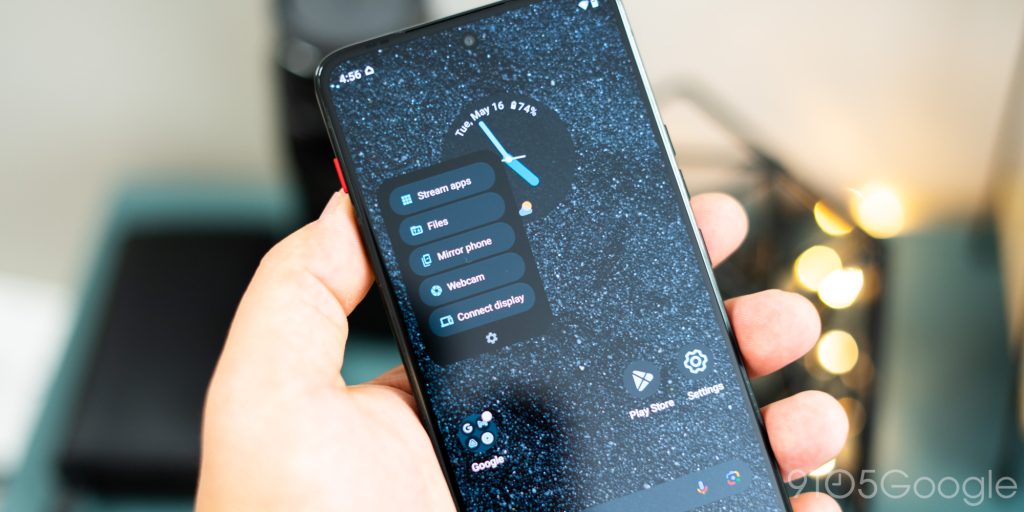
As for the ThinkPhone, it’s made to work with the ThinkPad but can connect to any Windows computer with Ready For installed. That little Red Key on the side plays a big part in this, as double-tapping it pulls up a dedicated sharing menu that lets you access the tools mentioned above. With that, users who have both their ThinkPad and ThinkPhone on them can easily share data between the devices. That includes shared notifications and a unified clipboard for easy copy and paste.
As another function, a single tap can be mapped to an app of your choosing. In my case, I set the Red Key to open Slack with a single tap.
Battery life
Another useful part of the ThinkPad and ThinkPhone combination is the universal charger that comes with the phone. The 68-W charger included with the ThinkPhone – surprise, surprise – is so powerful that it can be used to charge the ThinkPhone at an alarming rate or charge Lenovo’s ThinkPads over USB-C.
When charging the ThinkPhone, the 68-W brick can get it from 0 to 100 in just 45 minutes. That’s over 2% per minute, and testing the time was like watching a clock count up. At 20 minutes, the ThinkPhone had already hit 65%. Of course, the ThinkPhone can also charge over Qi wireless chargers, so there’s an element of versatility there.
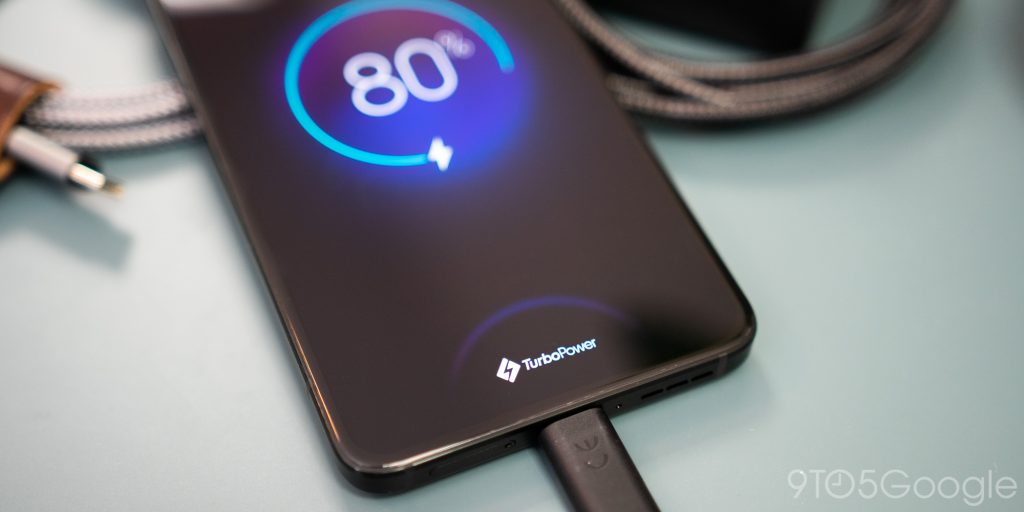
On the other end, battery endurance is reliable and fits right into the “enterprise” category. When idle, the ThinkPhone will last a couple of days on a charge. In busy use, you can expect over a day. The 5,000-mAh battery pulls its weight well and, paired with the included fast charger, shouldn’t be a cause for concern.
Cameras
The ThinkPhone has an array of two cameras – a 50-MP primary sensor and a 13-MP ultrawide camera. Overall, I thought the ThinkPhone handled taking photos well, albeit with maybe a little too much emphasis on HDR. In most outdoor images, things seemed to be a tad oversaturated, though that can be adjusted in-house. In low light, the sensors do a good job of pumping in light without sacrificing detail.
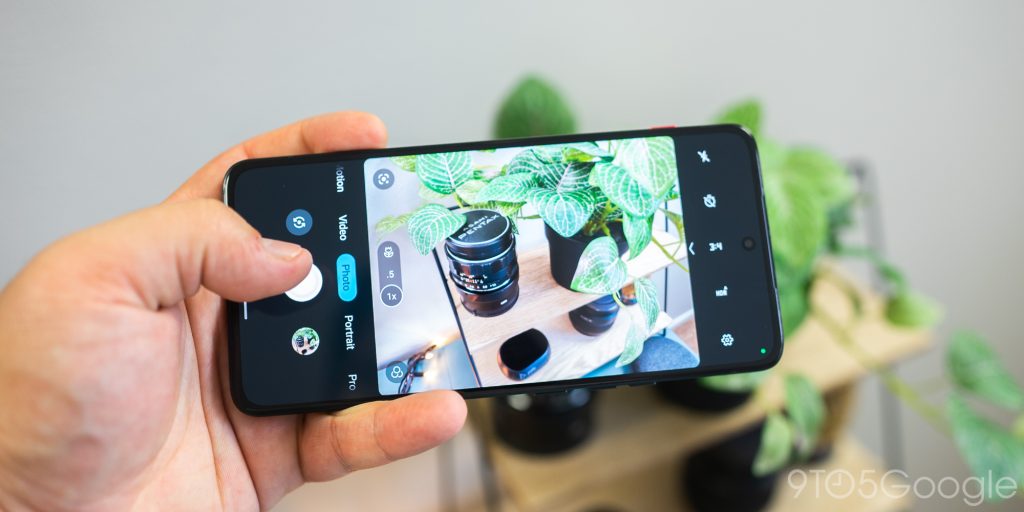
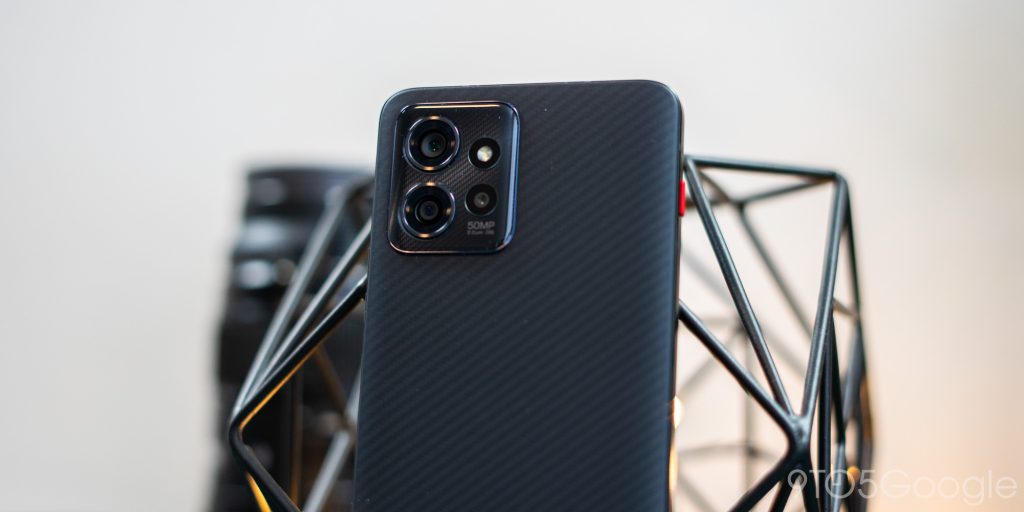
On the features front, the ThinkPhone offers some neat tools like Dual Capture for using both the front-facing 32-MP camera and the rear at the same time. Motorola also includes a native Scan feature because it is an enterprise device.
In all, I thought the ThinkPhone’s camera was competent and inoffensive. The post-processing isn’t as good as, say, the Pixel series, but it still gets the job done well.
Final thoughts
On paper, the ThinkPhone is aimed at users who want to get a lot of productivity use out of it. With features like “Think 2 Think” baked in and easy access to those tools, it excels in the enterprise space. Despite that, I believe Motorola has found its stride in the ThinkPhone. It’s a no-nonsense device that relies on solid hardware to get the job done, and it does.
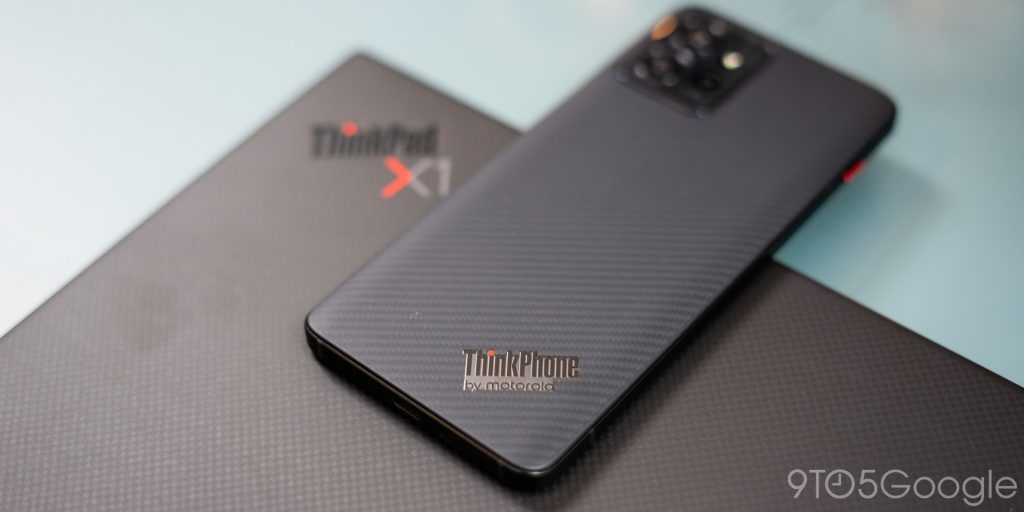
The best part about this phone is that it isn’t particularly overpriced, coming in at $699. That rivals the Pixel 7 Pro and Galaxy S23, and while it doesn’t beat those devices out, it still has a place as a competitor.
Motorola has locked the ThinkPhone to its website or through B2B transactions, so purchasing options are limited. Even with that being the case, the ThinkPhone deserves consideration as a lightly-skinned Android 13 device with respectable specs and rather good-looking hardware.
Buy the Motorola ThinkPhone for $699
FTC: We use income earning auto affiliate links. More.

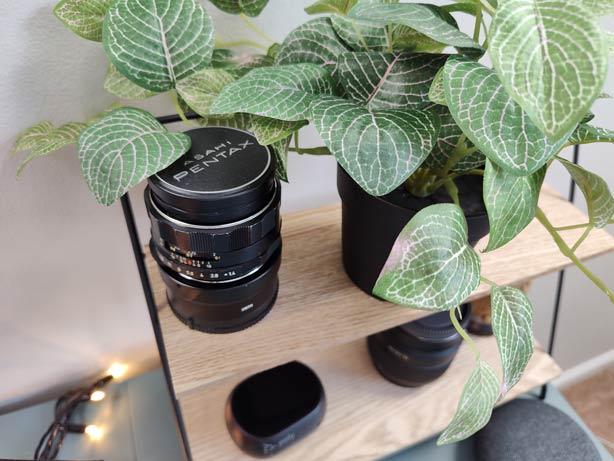





Comments